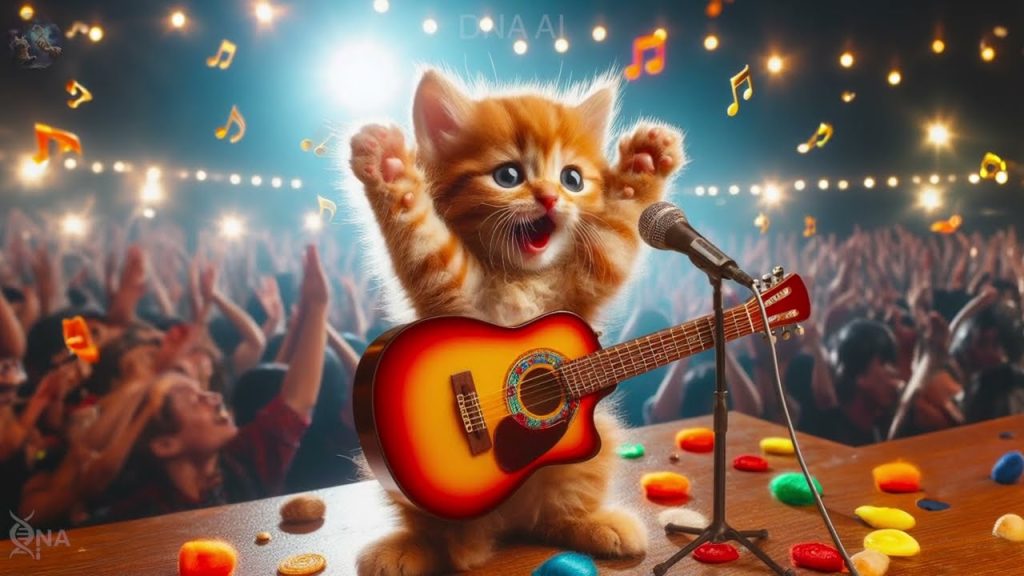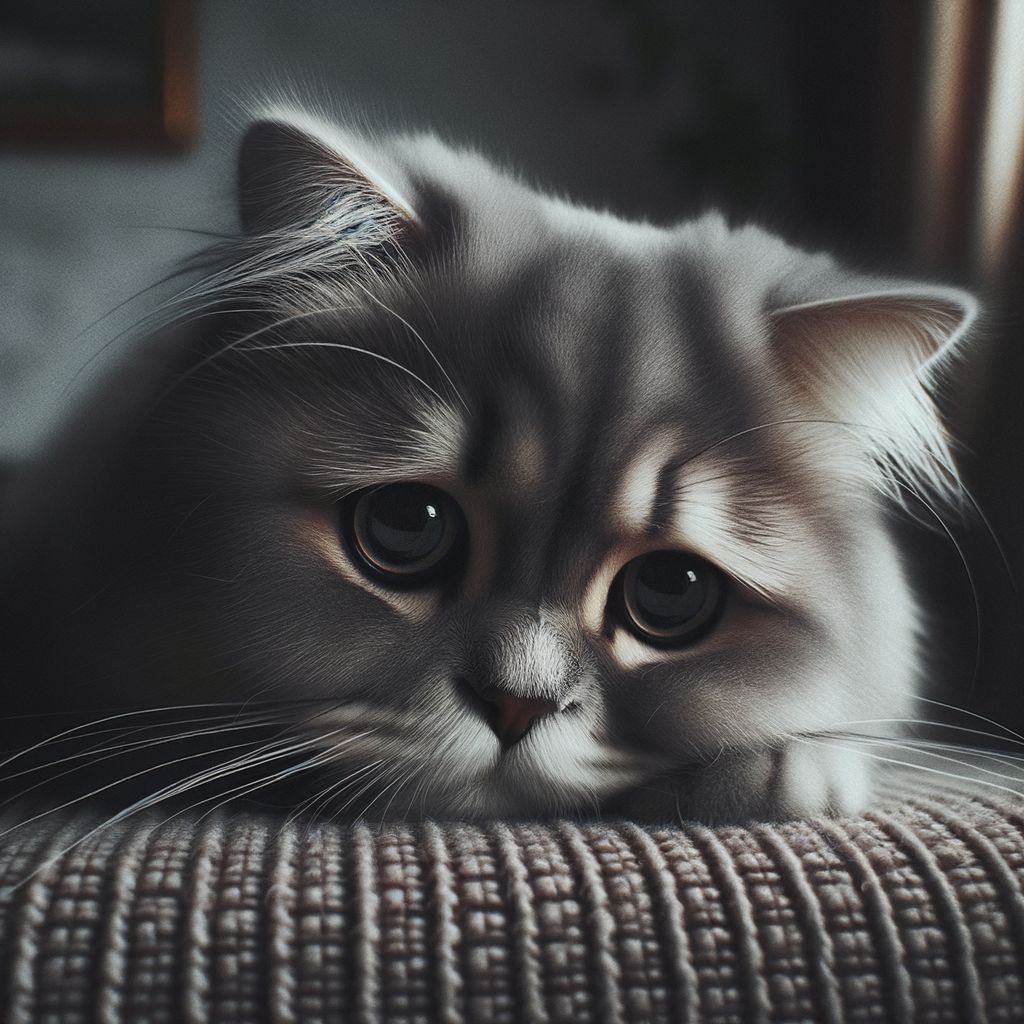
Ever watched a cat video and suddenly found yourself tearing up? Welcome to the world of AI sad cat stories—a surprisingly emotional genre that’s dominating TikTok, YouTube Shorts, and meme culture. If you’re here, you’re probably curious how these digital tearjerkers work, why they spark such intense reactions, and how you can craft your own viral hit. In this guide, we’ll dive into the emotional mechanics, the AI tools powering these stories (Pixmancer included 👀), and step-by-step tips to help you disrupt your feed.
The Rise of AI Sad Cat Stories

From Meme to Mainstream
What started as petty memes (“Sad cat eats alone again”) has evolved into full-blown storytelling. These aren’t just random clips; they’re carefully scripted mini-narratives featuring kitten loneliness, emotional arcs, and cathartic endings. It’s the same storytelling you’d expect in short films, adapted for the scroll-happy, snack-sized attention spans of Gen Z and Alpha.
Why These Videos Touch Us
Short answer: empathy + nostalgia. According to a BBC feature, AI sad cat stories videos tap into primal emotional triggers—cute animals, sad tones, and underdog narratives are ADHD magnets. These videos trick our brains into feeling real sadness or joy, even if the cat is AI-generated. And yes, those fake cat tears? Still hitting you right in the chest.
How These Videos Are Made: Tools and Techniques
Generating Heart-Tugging Cat Images
Popular AI tools like Midjourney and Stable Diffusion help creators morph cute cat photos into crying, weathered, or lost-cat artworks. Pixmancer speeds this up—one tap and your cat goes from “aww” to “sob fest” in seconds, without prompt engineering.
Script Writing: The Emotional Blueprint
Staging is everything. Most viral stories follow this formula:
- A single photo of a kitten playing or snuggling.
- A conflict — “lost owner,” “caught in rain.”
- A climax — dramatic AI effects (tears, slow-motion).
- The “lesson” or cathartic moment—reunion, new friend, survival.
Editing and Music: The Final Touches
Once images are created, sequence them in a short slideshow (5–15 seconds). Edit with an emotional soundtrack—piano breakdowns and minor chord progressions win souls. Filmora’s viral article recommends adding text overlays like “She waited 2 days…” to cue empathy—and it really works.
Why Gen Z and Gen Alpha Can’t Get Enough
Short-Form Storytelling Hook
AI sad cat stories clips are snackable—perfect for TikTok. They’re emotional popcorn that satisfies quickly. No paragraphs, no ads, just emotional espresso. One viral TikTok video from the account @mpminds tells the tragic tale of Chubby the cat and his son, Chubby Jr. It begins with Chubby holding a misspelled sign—“Will Purr Fro Eood”—a classic AI-text fail. The story follows his arrest for shoplifting and ends with him in jail, dreaming of his son. This AI-generated saga has touched millions, with over 50 million views worldwide.

The Psychology Behind Emotional Tugs
According to BBC Future, we emotionally connect with AI sad cat stories because these videos simulate real loss, loneliness, and hope—but on a harmless, byte-sized scale. Suddenly, your AI cat loses its owner, you feel heartbroken… then relieved. It’s an emotional rollercoaster with no commitment.
How to Make Your Own Viral AI Sad Cat Stories
Viral Hooks and Story Structures
Key themes that keep trending:
- Lost and found
- Rainy day rescue
- Kittens confronting danger
- Daddy cat hero moments
Tips to Go Viral
- Strong first 2 seconds: Cut to kitten looking sad.
- Overlay provocative text: “She waited 7 days…”
- Use AI tears and rain filters: Filmora tips include using AI-generated water droplets.
- Full-screen visuals: No distracting UI.
- End with closure: Reunited or rescued. Hope sells.
- Use popular music: Sad violin or minor piano on TikTok.
Ethics and Credits
Always mention “AI-generated cat” “AI sad cat stories” so viewers know it’s fictional. Avoid implying it’s real suffering. It’s possible to stir emotion while keeping transparency.
What’s Next? The Future of AI Pet Narratives
Is this just a passing trend? Likely not. As AI tools like Pixmancer get faster and more intuitive, expect even deeper personalization—your pet, in any story. The next wave could let viewers choose endings (“Happy,” “Bittersweet,” or “Superhero rescue”).
Conclusion

AI sad cat stories exist at the crossroads of nostalgia, empathy, and scrollable storytelling. As AI gets smarter, your stories get cuter, deeper, and yes, weirder. With tools like Pixmancer, creating one doesn’t require tech genius—just the right emotional beats. Tap into universal feelings, mirror them with AI artistry, then edit with viral hooks and music. We’re not just making memes—we’re crafting micro-dramas that might be the next genre of storytelling.
One day soon, your cat’s sad love story might hit 10M views and land a Netflix short series. Just saying.
Want to find out more options in making AI sad cat stories? Check out this article on Flux.1 Kontext.
🐾 Frequently Asked Questions (FAQ)
Q1: What are AI sad cat stories?
A: It’s a fictional, emotionally driven story created using AI tools—often featuring animated or photo-realistic cats—that explores themes like loneliness, loss, or redemption. These stories typically use AI image or video generators to visualize scenes and characters.
Q2: What tools are used to create these stories?
A: Creators commonly use AI tools like Pixmancer, Midjourney, RunwayML, Pika, and ElevenLabs for image generation, animation, and AI voiceovers. Some also use video editors like CapCut or Filmora to compile the visuals.
Q3: Can I make my own AI cat story if I have no experience?
A: Yes! Platforms like Pixmancer are designed for beginners. With one-click templates and drag-and-drop editors, you can upload a photo and generate animations, scenes, or even emotional arcs in minutes.
Q4: Is there a copyright issue with using AI to generate cat stories?
A: Generally, no—if you’re using original prompts and AI tools that grant commercial rights. But avoid copying celebrity likenesses or trademarked characters unless they’re used in parody or fair use contexts.
Q5: Where can I post my AI-generated cat videos?
A: TikTok, YouTube Shorts, Instagram Reels, and Reddit (like r/aiArt or r/sadcats) are all excellent platforms for sharing. Make sure to use relevant hashtags like #AICatStory, #SadCat, or #Pixmancer to reach your audience.
Q6: Can I make other kinds of stories besides sad ones?
A: Absolutely! While sad cat stories are trending, you can create fantasy adventures, sci-fi parodies, celebrity cat crossovers, romantic tales, or even musical performances starring feline characters.


